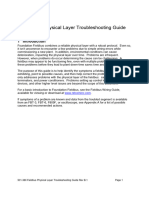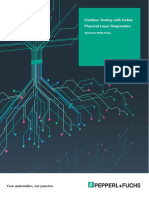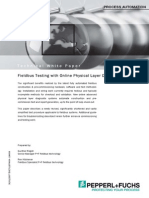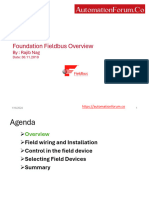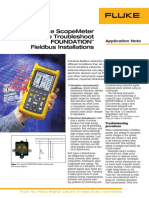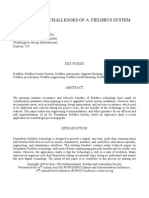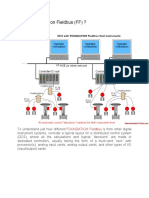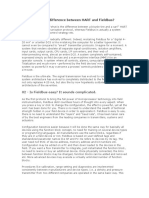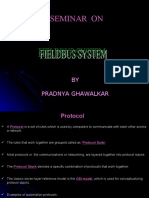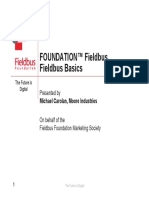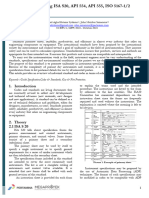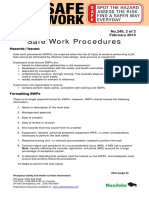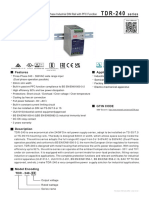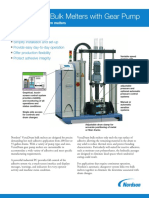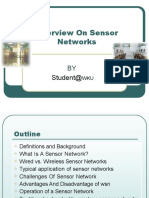0% found this document useful (0 votes)
40 views80 pages2B - Fieldbus Overview - Part2
The document discusses the design and validation of fieldbus networks using the Pepperl+Fuchs Segment Checker, which enables users to assess the number of devices, cable types, distances, and potential issues like short circuits. It emphasizes the importance of proper design, validation, and documentation, as well as the tool's capabilities for troubleshooting and diagnostics during commissioning and operation. Additionally, it highlights the need for proactive maintenance and monitoring to ensure the reliability of fieldbus installations.
Uploaded by
Gopikrishna BathulaCopyright
© © All Rights Reserved
We take content rights seriously. If you suspect this is your content, claim it here.
Available Formats
Download as PDF, TXT or read online on Scribd
0% found this document useful (0 votes)
40 views80 pages2B - Fieldbus Overview - Part2
The document discusses the design and validation of fieldbus networks using the Pepperl+Fuchs Segment Checker, which enables users to assess the number of devices, cable types, distances, and potential issues like short circuits. It emphasizes the importance of proper design, validation, and documentation, as well as the tool's capabilities for troubleshooting and diagnostics during commissioning and operation. Additionally, it highlights the need for proactive maintenance and monitoring to ensure the reliability of fieldbus installations.
Uploaded by
Gopikrishna BathulaCopyright
© © All Rights Reserved
We take content rights seriously. If you suspect this is your content, claim it here.
Available Formats
Download as PDF, TXT or read online on Scribd
/ 80

